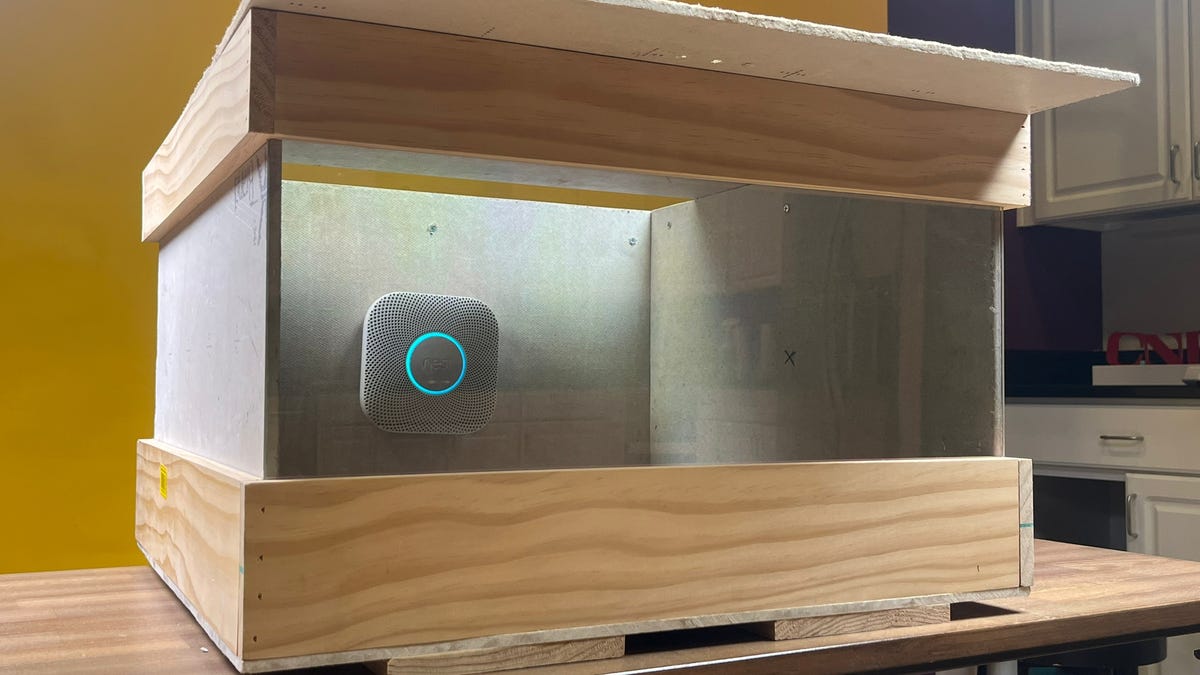Tech
Best Smoke Detectors for 2025

The Importance of Timely Smoke Detection
When it comes to detecting smoke, time is of the essence. Every second counts in a fire emergency, as delays in detection can lead to catastrophic consequences. This is why smoke detection systems are critical for ensuring safety in homes, offices, and public spaces. To evaluate the effectiveness of smoke detectors, we designed a rigorous test that simulates real-life fire scenarios. The goal was to determine how quickly and accurately these devices can respond to different types of fires, providing valuable insights for anyone looking to enhance their fire safety measures.
Understanding the Two Types of Fires
Smoke detectors are designed to detect two primary types of fires: smoldering fires and flaming fires. Smoldering fires, also known as slow-burning fires, occur when combustion happens at the surface of a solid material. These fires produce large amounts of thick smoke but do not sustain a flame. A classic example of a smoldering fire is a cigarette burning slowly without igniting into flames. While smoldering fires may seem less dangerous at first, they can escalate into full-blown flaming fires if left unaddressed. Flaming fires, on the other hand, are more familiar and occur when flammable materials like wood, paper, or liquids ignite. These fires are highly destructive but tend to produce less smoke compared to smoldering fires. Understanding the differences between these two types of fires is crucial for designing effective smoke detection systems.
Simulating Real-Life Fire Scenarios
To test smoke detectors, we created a controlled environment that mimics real-life fire conditions. We built a chamber to house the smoke detector under test and designed a system to feed different types of smoke into the chamber through a chimney. This setup allowed us to measure the response time of the detector accurately. Response time is critical because the faster a smoke detector triggers an alarm, the more time people have to evacuate and seek safety.
For smoldering fires, we used 300 grams of charcoal, igniting it and letting it heat up for 10 minutes before channeling the smoke into the chamber. This ensured that the smoke was thick and representative of a real smoldering fire. For flaming fires, we used 30 grams of shredded paper, which quickly generated a significant amount of smoke. Both scenarios were designed to push the smoke detectors to their limits and evaluate their performance under realistic conditions.
The Testing Process: Precision and Repetition
To ensure the accuracy of our results, we conducted multiple test runs for each smoke detector model. For each detector, we tested its response to both smoldering and flaming fires three times, resulting in a total of six test runs per model. This rigorous approach allowed us to account for any inconsistencies and ensure that our findings were reliable. After completing the tests, we calculated the average response time for each detector, providing a clear and objective measure of their performance. The results were compiled into a detailed chart, which offers a quick comparison of how different smoke detectors stack up against each other.
The Impact of Smoke Detection on Safety
The results of our testing have significant implications for fire safety. Smoke detectors that respond quickly to both smoldering and flaming fires can save lives by providing earlier warnings. However, detectors that fail to trigger alarms promptly may leave people vulnerable in an emergency. Our findings emphasize the importance of choosing reliable smoke detectors and understanding their limitations. By simulating real-life fire scenarios, we hope to raise awareness about the critical role smoke detectors play in safeguarding lives and property.
The Challenges of Testing and the Bigger Picture
While our testing process was thorough, it was not without its challenges. For instance, the repeated activation of smoke alarms during the testing process caused inconvenience for neighbors, who had to endure the noise multiple times a day. We sincerely apologize for any disruption caused and appreciate their understanding. Despite these challenges, the insights gained from our testing are invaluable. They highlight the need for continuous improvement in smoke detection technology and the importance of educating people about fire safety. By sharing our findings, we hope to contribute to a safer world where fire emergencies are met with timely and effective responses.
In conclusion, smoke detection is a cornerstone of fire safety, and the effectiveness of smoke detectors can mean the difference between life and death. Through our testing, we aimed to shed light on the performance of different smoke detectors and provide actionable insights for anyone looking to enhance their fire safety measures. Remember, when it comes to smoke detection, every second counts.











